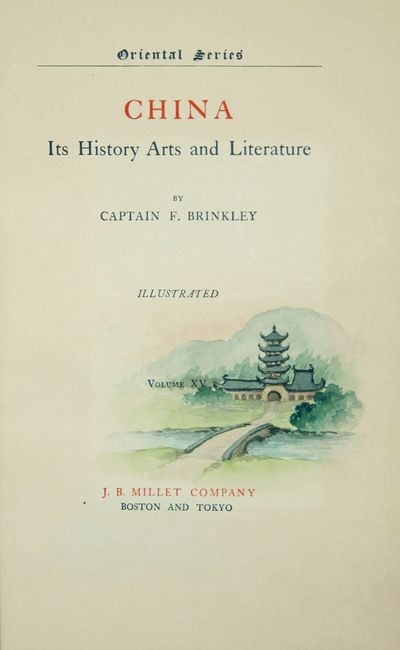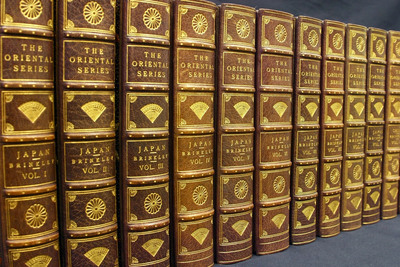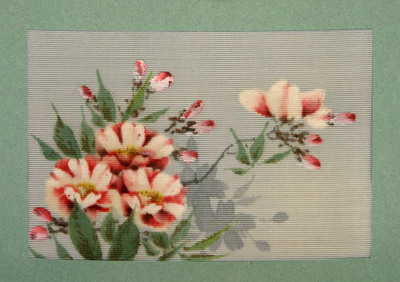By the late 1800s, as a direct result of the North American Industrial Revolution and the subsequent increase in material goods production, the United States had become fully integrated into the global marketplace. U.S. companies were producing both raw and manufactured goods at an unprecedented rate using new manufacturing technologies and inexpensive youth and immigrant labor. Competition for new markets had reached a fevered pitch, and trading had extended far beyond traditional Western European markets into Eastern Europe and even the Far East. As business enterprises expanded globally, so too did the American consciousness. As a nation that had, for more than a century, been limited to interactions with Western Europe and the indigenous groups of the Americas, the advent of more globalized travel and thought was of significant import.1
The Industrial Revolution was defined by a wide variety of advances in engineering which lead to a nationwide rail system and more efficient ocean travel. Suddenly, Europe and even Asia became leisure destinations for wealthy Americans. As a result, interest in exotic locales boomed. Satisfaction of this new American curiosity was aided by the rise of intellectualism that had begun in the 1400s and resulted in a sweeping change in the fundamental human approach to collecting knowledge. The attitude of scientific discovery and advancement of the 19th century was a direct consequence of that earlier epoch. The publications of the late 1800s and early 1900s reflected this continued emphasis on discovery and analysis.2 Volume upon volume detailing foreign dress and custom, natural wonders, manufacturing machines and techniques, architectural innovations, and all the discoveries of the modern era were produced and hungrily consumed by the public. Diderot, no doubt, would have been pleased to see the spirit of his work extended to encompass the enormity of human discovery.
It was also during this time that public libraries began to appear, first in the United Kingdom and then the United States. The American Library Association came into being in 1876 and grew into a strong advocate for the construction of a national public library system. This coincided with an era of unprecedented philanthropy from the nation’s industrialists. Andrew Carnegie and John D. Rockefeller, among others, contributed heavily to libraries, public schools, universities, museums, and other institutions of learning, allowing the popular educational community to thrive.
Notes
- Fry, Joseph A. "Late Nineteenth-Century U.S. Foreign Relations". The Gilded Age: Perspective on the Origins of Modern America Charles Calhoun, ed. (Plymouth, United Kingdom: Rowman & Littlefield, 2007), 307-332. Return to text ↑
- Crock, Ruth C. "Cultural and Intellectual Life in the Gilded Age". The Gilded Age: Perspective on the Origins of Modern America Charles Calhoun, ed. (Plymouth, United Kingdom: Rowman & Littlefield, 2007), 211-237. Return to text ↑

Hand-painted pastel illustration in Brinkley's Oriental Series. More images here

Finely bound volumes of F. Brinkley's Oriental Series. More images here

Paint on crushed velvet. F. Brinkely's Oriental Series. More images here
